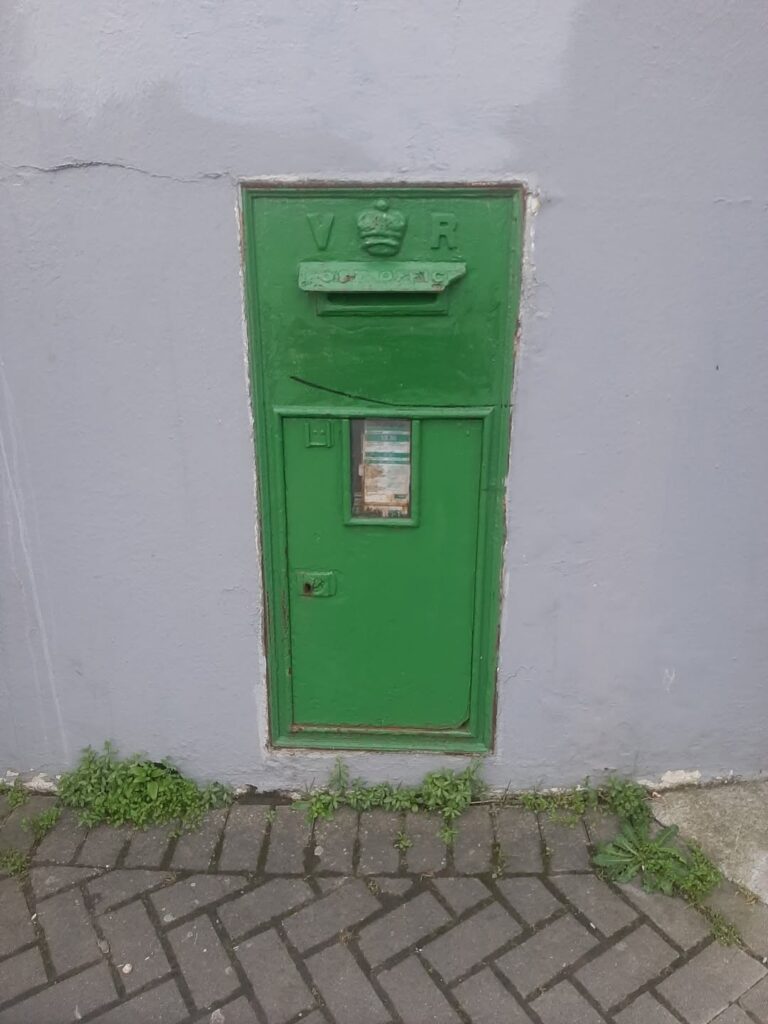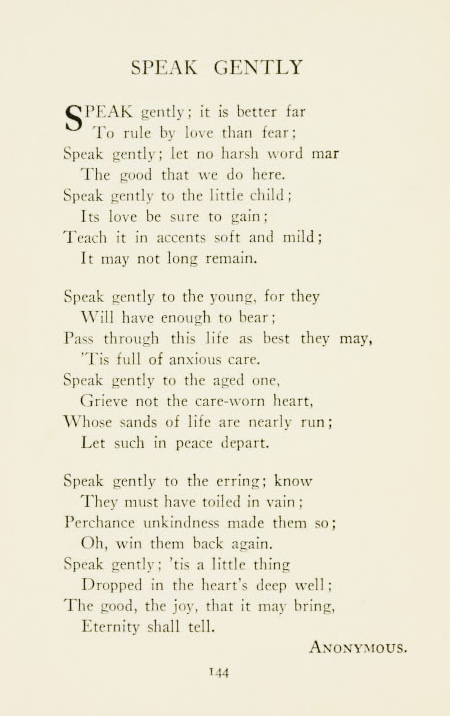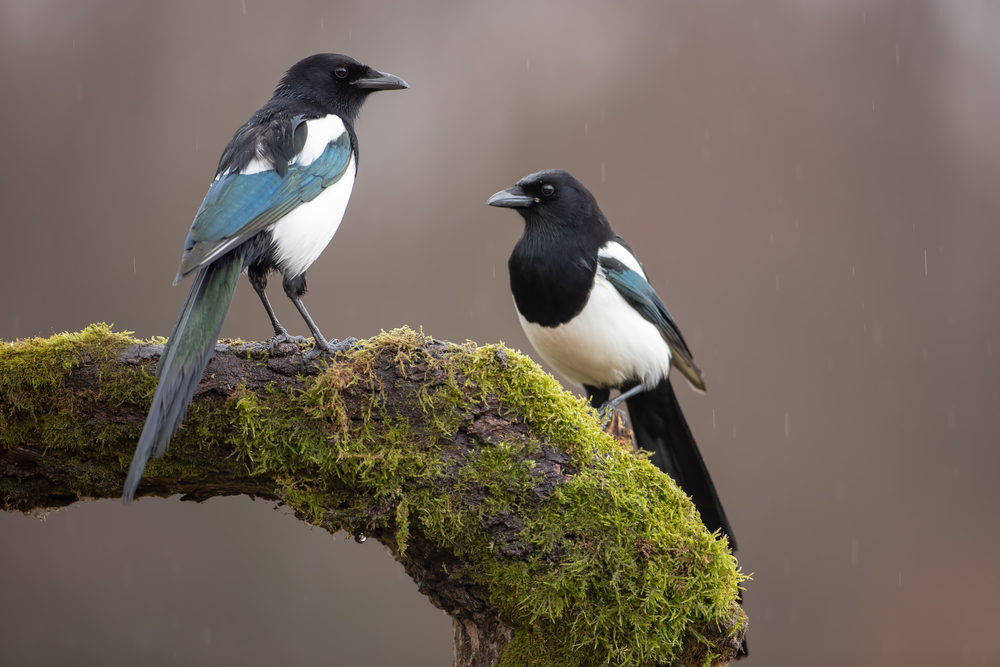
William Street on February 1 2025
<<<<<<<
Another Photo from Carmel

Therese Lenehan and Ger Kenny at on school tour to Carrigafoyle Castle May 1974
<<<<<<<
Old Post Boxes

In Bray, Co. Wicklow
A Piece of postbox history from the internet;

A Ludlow post box
There are around 800 different types of postbox. There are more than 400 different varieties of pillar box; around 160 types of wall box, 66 Ludlow boxes and almost 80 versions of the lamp box.
The Ludlow box explained:
James Ludlow and Son of Birmingham hold a unique place in postbox history. For 80+ years they were the main supplier of “economy” wall boxes for use in sub-post offices. This came about because any person taking on the role of Postmaster at an SPO without a pre-existing box was required to provide one at their own expense! This led to some rather wonderful locally made boxes, known as Carpenter’s Boxes, coming in to use. To authenticate them, they were frequently adorned with an official Post Box plate which resembles those used on the Ludlow boxes.
Real Ludlow boxes provided the answer for most sub-Postmasters as they were indeed economical and could be purchased from a natty little catalogue which showed the various types in use. For use in towns there was the larger size box with or without a “well” protuding below the bottom of the door, whilst in rural areas the smaller size predominated.
The popularity of the Ludlow design, cheap wooden construction faced with steel plate, a single casting for the aperture and an attractive enamel plate lead to more than 5000 being produced over the years. Today there are somewhat less than 300 in service.
<<<<<<<
Good Advice

<<<<<<<
Counting Crows…Update
We must thank Brendan Sheehan for this response to yesterday’s rhyme. Truly, every day is a learning day…

The magpie rhyme is a traditional British nursery rhyme which dates back to the 1700s. It’s often used to predict the weather and has two versions. The full magpie rhyme up to 20 goes:
“One for sorrow, two for joy,
Three for a girl, four for a boy,
Five for silver, six for gold,
Seven for a secret never to be told.
Eight for a wish, nine for a kiss,
Ten for a bird you must not miss.
Eleven for health, Twelve for wealth.
Thirteen beware, It’s the devil himself.
Fourteen, make your choice, Fifteen, take your pick,
Sixteen, the sweetest, Seventeen, your heart’s wish.
Eighteen for a letter, Nineteen for better,
Twenty, the future, It’s now or never.”
This rhyme was first printed in 1820 in James Orchard Halliwell’s collection of nursery rhymes and has been popular ever since. It’s believed to originate from an old English superstition about magpies being messengers of joy or sorrow, depending on how many are seen together. It is said that seeing one magpie brings bad luck, while seeing two brings good luck.
The magpie rhyme is still used today as an entertaining way to predict the future and pass on folk wisdom from one generation to another. For some people, it may have a spiritual or prophetic meaning, while others simply consider it an entertaining game. Whatever the case, this centuries-old nursery rhyme continues to entertain and delight children and adults alike.
<<<<<<<
A Fact

These are not for your common or garden mice but the dormouse which is a protected species in the UK. The new mice nests are located on a high branch well away from dogs and other predators.
<<<<<<<

Lauren Davis
Hi Mary, We have a version of the “Speak Gently” poem in our church hymnal. It’s one of my favorites! It is attributed to the American poet, David Bates (1809-1870).